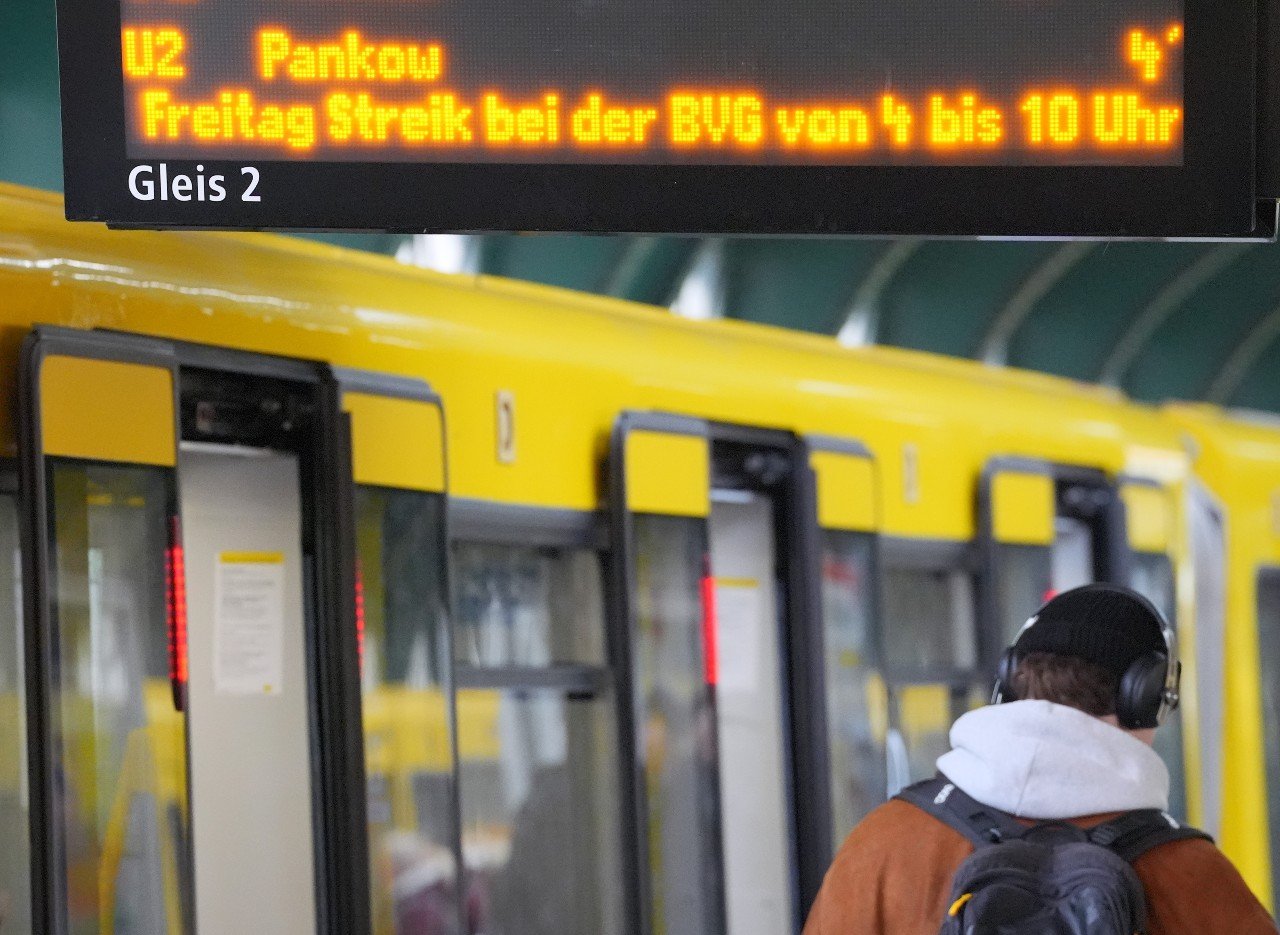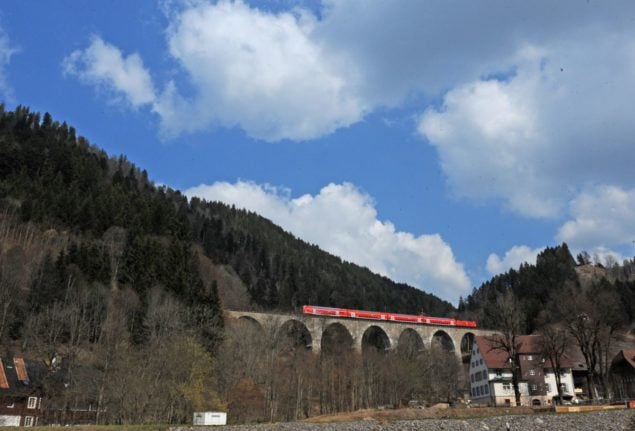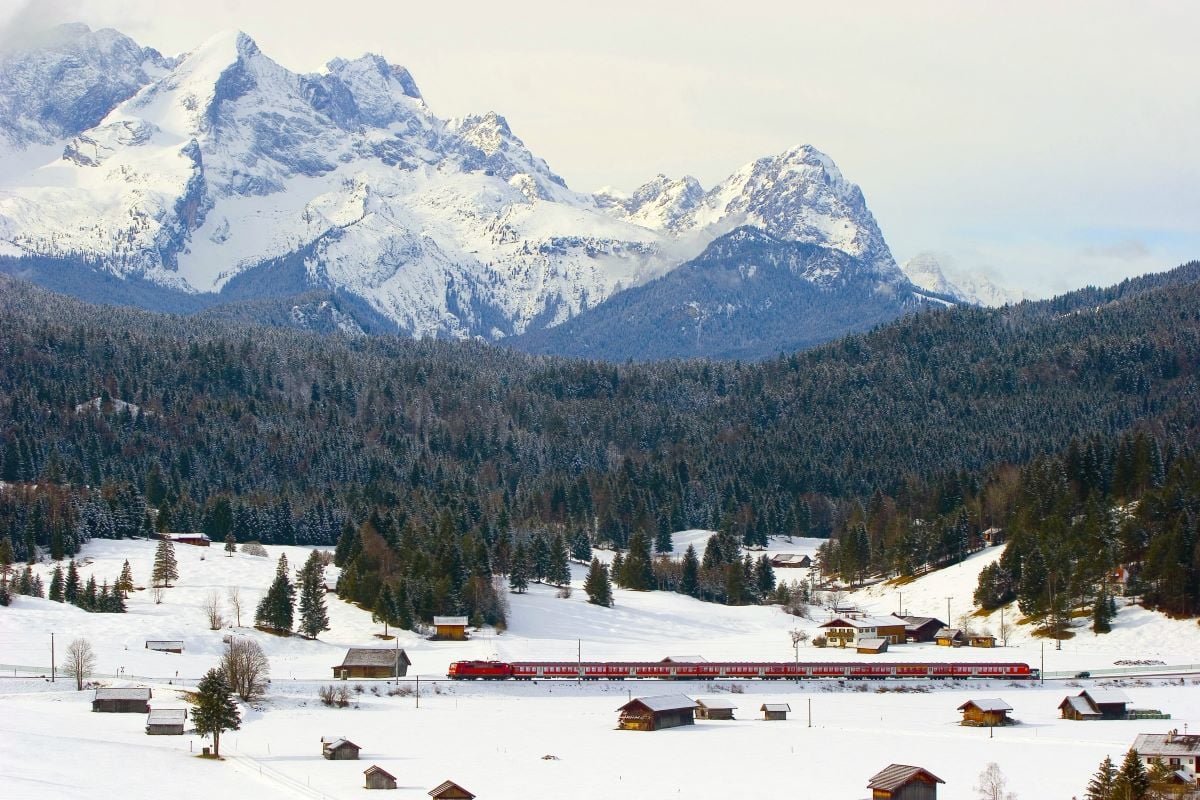Read our latest report here: Easter travel – Are German rail strikes set to end?
Germany’s four day Easter weekend – spanning Friday, March 29th through Monday, April 1st – is quickly approaching.
It’s also a five day holiday for many, considering that most schools and Kitas (daycares), and some workplaces, also close on Gründonnerstag (Green Thursday).
But many are asking just how easy it will be to enjoy the downtime with friends or family – or squeeze in some travel plans – amid the spate of strikes which German rail, air and local transport has been experiencing every week.
This week, another GDL drivers’ union strike is set to start at 2 am on Tuesday and last until 2 am Wednesday.
Adding to the chaos, Lufthansa cabin crew are set to walk off the job at Frankfurt airport on Tuesday, and at Munich airport on Wednesday.
How likely are such strikes to continue in the coming weeks, hitting travellers even over the holidays?
Could train travel be affected?
Last Monday, GDL boss Claus Weselsky announced that new actions would no longer be announced well in advance.
This makes holiday travel by train unpredictable, as travel on both outward and return journeys could be hit by a sudden strike.
“We are starting a so-called wave of strikes,” he said, which will be announced “when we think the time is right” and no longer 48 hours in advance as has been the case in the past.
As a result, “rail is no longer a reliable means of transport”, he added.
Weselsky also didn’t rule out the possibility of strikes over Easter the same way he did over the Christmas holidays.
READ ALSO: ‘Rail is no longer reliable’: How latest train strikes are hitting services
For those flexible about their travel plans, Deutsche Bahn allows passengers to rebook their tickets free of charge, or bring them forward when possible.
And there is another small consolation: foreign railways travelling via Germany are not actually affected by the GDL actions, meaning that regional and long distance trains – such as the Eurostar to France – will be unaffected by any strikes. Well, at least in theory: travellers over Easter weekend can expect these trains to be fuller and costlier even under usual circumstances.
There are also a small number of private rail companies in Germany, such as Flixtrain, which would be running on strike days, assuming tickets are still available.
What about public transport?
Trade union Verdi is currently in the midst of negotiations with public transport unions throughout Germany, with the exception of Bavaria.
This has led to individual states striking – or partnering together – such as during the last week of February when local transport workers, organised by Verdi, led various walkouts throughout the week.
As Verdi continues to negotiate for better pay and working considering on behalf of bus, tram, U-Bahn and ferry workers, it hasn’t ruled out further actions.
As has been the case with prior actions, a weekend strike isn’t off limits – particularly as pupils are not in school then, the union has said.
READ ALSO: ‘No family life’: A Berlin bus driver explains why transport workers are striking

Are further strikes looming at Lufthansa?
Lufthansa ground staff don’t seem ready to give up the fight anytime soon, having staged a two day action last week which affected some 200,000 passengers around Germany.
Amid strikes on Thursday, Lufthansa reported a doubling of its annual profits while workers waged a continued battle for higher wages. Both sides have yet to reach a compromise.
But even if Lufthansa does meet the longstanding demands of ground and security staff ahead of Easter, there is a threat of continued strikes among flight attendants.
In a vote at the weekend, 96 percent of the members of flight attendant union UFO voted in favour of strikes.
Now all flights from Frankfurt will go on strike on Tuesday, March 12th, and from Munich on Wednesday March 13th.
UFO said the strikes come after 15 rounds of unsuccessful negotiations.
“We deeply regret coming to this point and ask passengers… to excuse us for the coming inconveniences,” said UFO union leader Joachim Vazquez Buerger
What is the situation specifically at other airlines?
The Lufthansa offshoot Eurowings is not directly affected by the strikes, and there is currently no threat of action at other popular airlines in Germany such Condor, Tuifliy or Ryanair.
However, new strikes among security staff are conceivable. Last Thursday, March 7th there were long queues at Düsseldorf Airport because the security staff had stopped work without prior notice.
New collection bargaining talks are slated for March 20th to discuss a new agreement for the security staff.
“If we don’t find a compromise on March 20th, strikes during the Easter holidays cannot be ruled out. But that’s exactly what we would like to avoid in the interests of the many people who want to travel during these weeks.” Özay Tarim, the Verdi secretary responsible for Düsseldorf Airport, told the Rheinische Post newspaper last week.
Lufthansa’s holiday flight subsidiary ‘Eurowings Discover’, which only flies from Munich and Frankfurt, has still not reached an agreement on the collective labour agreement. That means that strikes over Ostern are also not off the table.
READ ALSO: Why Germany is being hit by strikes almost every day





 Please whitelist us to continue reading.
Please whitelist us to continue reading.
Member comments